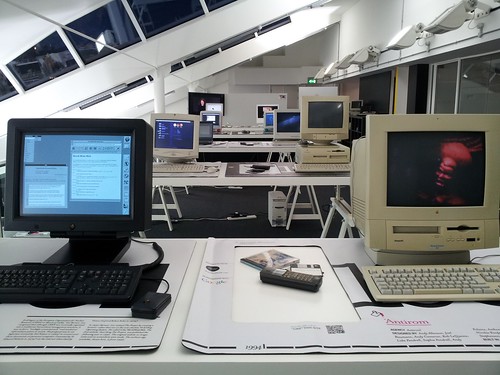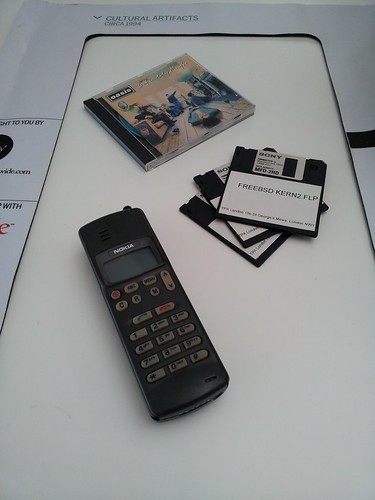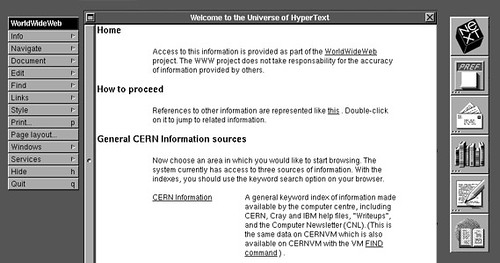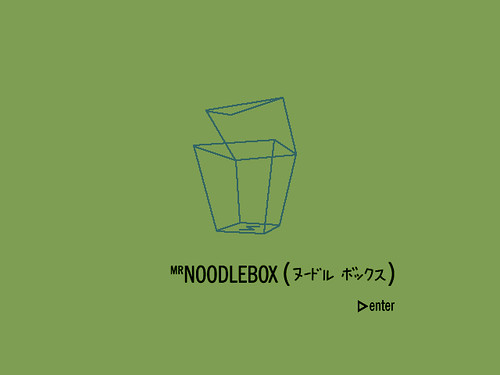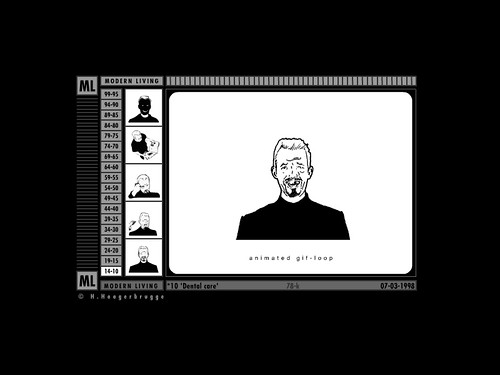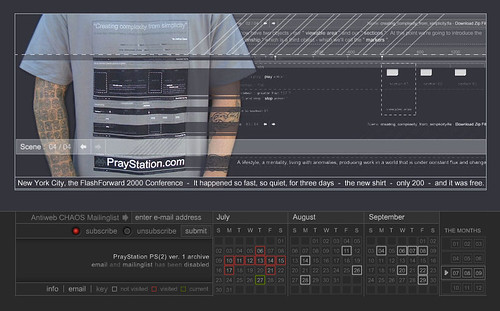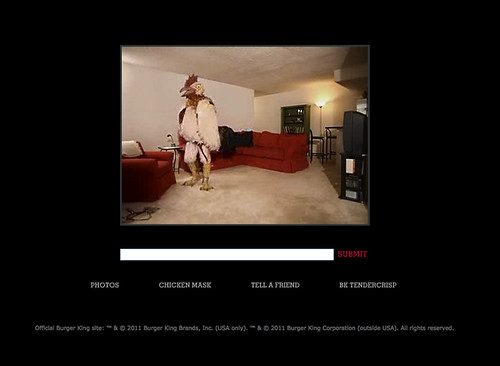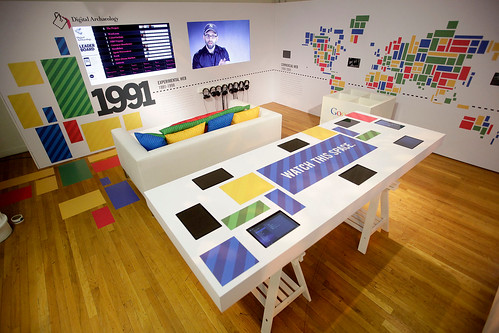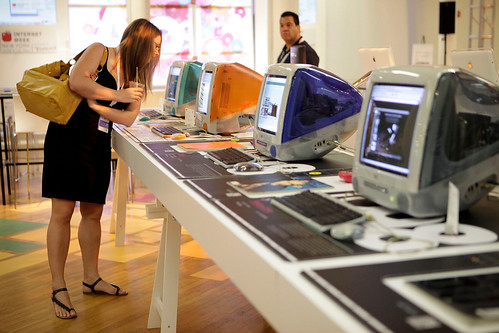Wednesday, 12:59am
16 November 2011
The past is a foreign domain
Digital Archaeology remembers Antirom, Noodlebox, Word.com, etc.
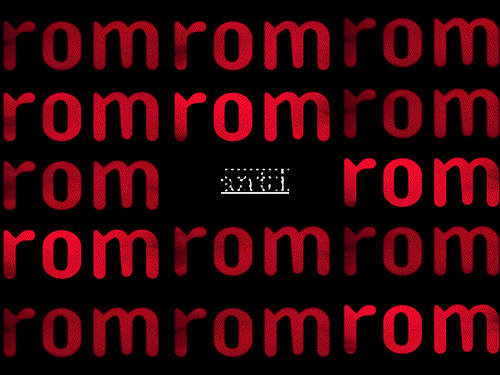
Internet Week Europe (7–11 November 2011) was, as one might expect, obsessed with the future, writes John Ridpath. Sessions included ‘the Future of Online Advertising’, ‘A Digital Future: Tackling Social Exclusion Through Technology’, ‘The Future of Ecommerce and Magento’, ‘The future is social commerce …’ and ‘Mobile – the Future of Publishing?’ At BERG’s excellent Tomorrow’s World session, visitors heard about the ‘near future’ of design (Karsten Schmidt), pop (Warren Ellis), citizen science (Fiona Romeo), toys (Alice Taylor), redesigning the planet (James Cascio), and more.
But tucked away among this obsession with what’s to come, was a small exhibition that looked back on the internet’s past. Digital Archaeology, hosted by Story Worldwide and curated by Jim Boulton, made its first appearance at last year’s event, and was transferred to Internet Week New York earlier this year.
Last week’s event featured ten of the most disruptive websites from internet history, displayed on the hardware they were built and/or viewed on (above). By way of additional context contemporaneous objects, including portable music players, mobile phones and popular albums, accompanied the exhibits (below).
The exhibition starts with the first ever website: The Project, built by Tim Berners-Lee in 1991 (above). An archived version still exists online – but here the site is shown on a NextCube, the machine he used back at CERN when he invented the Web, and using the first Web browser (which he also built). ‘What’s incredible – and terrible – is that this isn’t actually the first page’, explains Boulton. ‘It’s the second version, because Berners-Lee updated it in 1992 and didn’t keep the original code. There isn’t even a screenshot. That monumental point in history is lost forever, which is typical.’
The Project is followed by the 1994 website developed by Antirom (top), an art collective who formed in ‘protest against ill-conceived point-and-click interfaces grafted onto repurposed old content repackaged as multimedia.’ For Boulton, Antirom’s playful games represent the first attempt at exploring interaction as a form of media in its own right, as opposed to simply being an interface to content.
The trip through history continues with The Blue Dot (Razorfish, 1995), Word.com (Designed by Yoshi Sodeoka, edited by Marisa Bowe, 1995), Noodlebox (above; agency: Playcreate, designed by Daniel Brown, 1997) and Head-space (Head New Media, 1997). These are followed by Han Hoogerbrugge’s Modern Living site (below, 1998), a bizarre collection of online animations that took on a short and jerky style as much as a result of slow dial-up speeds as a deliberate aesthetic (see ‘Code tripping’ on the Eye blog).
Joshua Davis kicks off the 21st Century with PS2.Praystation (above, 2000), an explorative site full of experiments documenting both success and failure – with source files freely provided. The exhibition closes with Requiem for a Dream (Hi-ReS, 2000) and Subservient Chicken, developed by Keith Butters at the Barbarian Group in 2004 (below).
We haven’t really taken digital archiving of the Web seriously until surprisingly recently – around 2006, in Boulton’s eyes. He attributes that to several factors: websites are so easy to publish they feel more disposable than, say, print. Secondly, digital dates fast, so it is often only with hindsight that you can see something’s real value.
And ultimately, there’s something inherent in the personalities of the Web’s creators: ‘The people involved in the internet – techies, creatives, entrepreneurs – are all forward-looking people, thinking about what’s coming next rather than what came before’.
If Internet Week’s wider schedule is anything to go by, that obsession with the future is just as strong as ever. But perhaps Digital Archaelogy will encourage us to be more careful with the creative work being produced right now. The hard part is working out what’s worth saving.
Below: Digital Archaelogy at Internet Week New York earlier this year.
Eye is the world’s most beautiful and collectable graphic design journal, published quarterly for professional designers, students and anyone interested in critical, informed writing about graphic design and visual culture. It’s available from all good design bookshops and online at the Eye shop. For a taste of the new issue, see Eye before you buy on Issuu. Eye 81, Autumn 2011, is out now.

